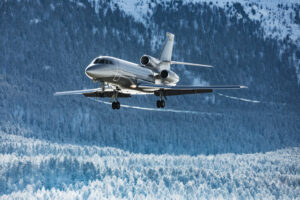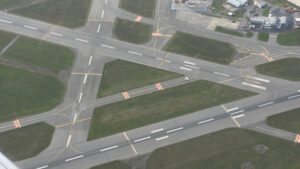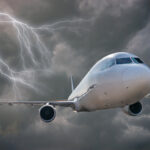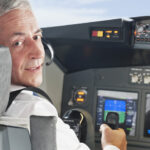Oceanic aviation airspace is now more communicative than ever
I just got the word that my boss is looking at an airplane in Switzerland, and if things work out as he has planned, someone will have to go over there and bring it back home. I think that someone may have to be me. The problem is, I’m in New York and I’ve never done oceanic flying before, and, quite frankly, the whole process is one big, giant mystery to me. All I know is that the ocean looks incredibly vast and endless from 8 miles up and I prefer my aviation airspace to be over land with dozens of airports nearby.
Part of my unease rests in my memories of talking to my airline pilot friends who spent most of their time enroute between continents. The talk was always about radio challenges, navigation challenges, Loran issues, weather problems, and communication failures. All of this while over the middle of the vast ocean.
Fortunately, times have changed. Technology has improved exponentially in the past 20 years, so it’s time for me to get with the program. But I recently read something that makes me feel better about oceanic aviation flying. The FAA has just awarded a contract to Swiss Company Sita to provide its Future Air Navigation System (FANS) datalink services to manage air traffic across the US oceanic airspace. It sounds like a next-gen system that is chock full of safety and confidence-building features!
One of the things that calms me down is the advances that I see in communication. Because of Sita’s datalink services, pilots can now receive text messages from ATC in real-time while flying over the ocean, including US, European, and Asian airspace. Controllers can send up to 1200 messages per hour, including multiple messages at one time. These messages provide information such as aircraft position and routes and can also accommodate requests and guidance for weather and traffic advisories and routing, speed, and altitude changes.
The bottom line is that pilots are now receiving ATC instructions that are both accurate and confirmed. That’s great news considering Sita estimates the oceanic airspace includes approximately 24 MILLION square miles. The North Atlantic routes are the busiest in the world, with over 2000 aircraft crossing between the US East Coast and Europe each day, and that number is expected to increase by 50% in the next decade. That’s a lot of aircraft. It’s nice to know that all of them will be in aviation airspace that allows for continuous communication with someone on the ground. I can’t be the only one who is happy about that!










